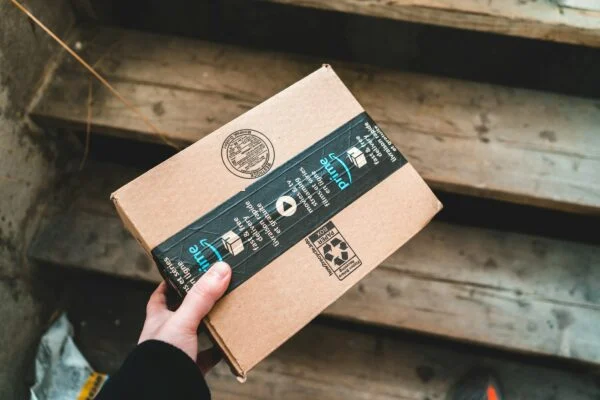Navigating Amazon’s FBA reimbursement policies can be challenging, especially when it comes to understanding the specific timeframes for filing claims. Missing these deadlines can result in lost compensation for issues like lost or damaged inventory. In this blog, we’ll break down the various claim types and their respective filing windows, ensuring you have the information needed to act promptly and secure the reimbursements you’re entitled to.
-
Lost and damaged inventory
If your inventory gets lost or damaged in Amazon’s warehouse, you have a 9-month window to file a claim. This includes items that are misplaced or damaged during receiving, storage, or fulfillment.
What to do:
- Regularly check your inventory reports to spot discrepancies.
- Use tools or Amazon reimbursement services to track these issues automatically if you manage large volumes.
-
Customer returns not received
When customers return items but the inventory never makes it back to the warehouse, you can file a claim. The deadline for this is 45 days from the refund date.
What to do:
- Keep an eye on your returns report and look for refunds issued without corresponding returned inventory.
- Set reminders to follow up after 30 days, so you have enough time to act before the deadline.
-
Overcharged FBA fees
If Amazon incorrectly calculates your product’s dimensions or weight, it can lead to overcharged FBA fees. You have 90 days to claim a reimbursement for such errors.
What to do:
- Regularly audit your FBA fees against the actual size and weight of your products.
- If discrepancies occur, file a claim immediately with supporting documentation like invoices or product specs.
-
Lost inventory during removal orders

When you request inventory removals, items can sometimes get lost or misplaced during transit. You have 90 days from the removal order to file a claim for these issues.
What to do:
Track your removal orders closely and verify that all items are accounted for within 60 days.
-
Reimbursements for expired inventory
If your inventory expires while stored in Amazon’s warehouse, the reimbursement window is up to 18 months, depending on the situation. However, these cases can be more complex to handle and may require additional documentation.
What to do:
Monitor the age of your inventory regularly. Use the Inventory Age Report to identify items nearing expiration.
-
Missing or damaged items during inbound shipments
If inventory gets lost or damaged during inbound shipping to Amazon’s fulfillment centers, you must file your claim within 6 months of the shipment date.
What to do:
Always reconcile inbound shipments within 30 days of delivery. Ensure your shipment details match what Amazon receives.
Staying on top of deadlines
-
Audit regularly
Create a habit of auditing your inventory reports every week or month. This ensures you catch issues early and have enough time to file claims within Amazon’s strict deadlines.
-
Set reminders
Automate reminders based on the deadlines mentioned above, so you never miss an opportunity to file a claim.
-
Leverage professional help
If tracking claims and deadlines feels overwhelming, consider partnering with Amazon reimbursement services. They can monitor your account, identify eligible claims, and ensure everything is filed on time.
Final thoughts
Under the Amazon FBA reimbursement policy, missing deadlines means forfeiting your right to compensation. Knowing how much time you have for each type of claim—and acting fast—is critical. With regular audits, timely follow-ups, and, if needed, professional help, you can ensure no money slips through the cracks.
Stay proactive, stay organized, and make the most of every reimbursement opportunity Amazon owes you!

